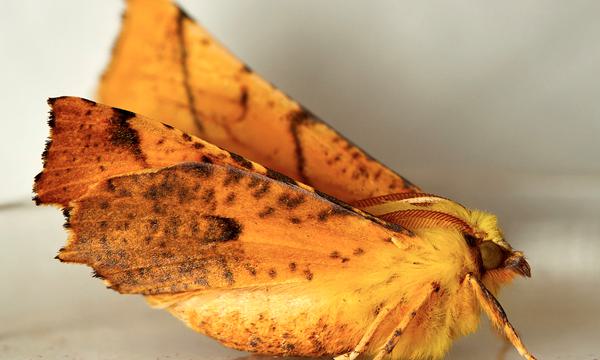News Story
The ruins of Weoley Castle have a rich history, but there is also a wealth of wildlife living there today. The species that we have found are typical of urban habitats, so it is possible to find most of these creatures in parks and gardens around Birmingham.
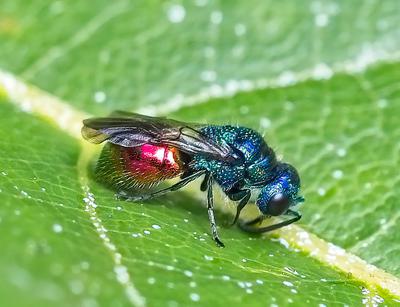
One of the most beautiful animals we have found at Weoley is a wasp with the scientific name Pseudomalus auratus. It belongs to a group of insects called the Jewel Wasps because of their beautiful metallic colours. This wasp might look exotic, but it is common in gardens in the West Midlands. It is probably overlooked due to its small size, only reaching around 7mm in length.
Pseudomalus auratus has evolved a very unusual lifestyle. They are nest parasites of thread-waisted wasps that hunt greenfly to feed their young. To get their eggs inside the thread-waisted wasps’ nest Pseudomalus auratus lays them inside greenflies. These greenflies are taken back to the nest where the eggs hatch and eat the host’s larvae. Greenflies near the host wasps’ nest are chosen to increase the chances of being hunted by thread-waisted wasps.
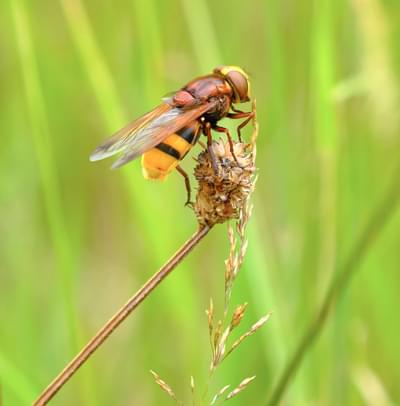
The Hornet Hoverfly (Volucella zonaria) is one of our biggest hoverflies. As the English name suggests it mimics Hornets to avoid being eaten. The larvae live inside wasp nests.
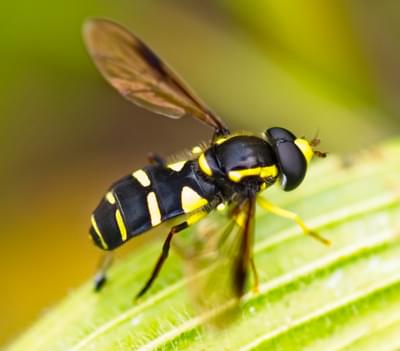
Ant-hill Hoverflies (Philhelius spp.) lay the eggs inside ant’s nests where the larvae live underground.

The European crane fly (Tipula paludosa). There around 350 species of Cranefly recorded in Britain, but this is one you are likely to see in your garden of flying into an open window in Autumn.
If you lift a log and see a big beetle running for shelter, there is a good chance that it is the European Gazelle Beetle (Nebria brevicollis).
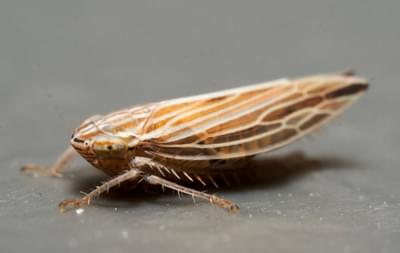
The leafhopper bug Mocydia crocea is usually found amongst the tall grasses that it feeds on.
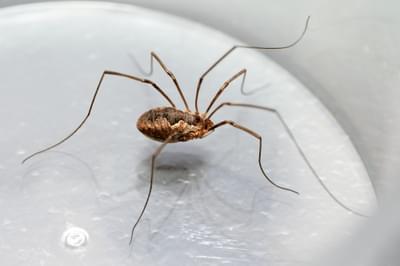
The Harvestman Phalangium opilio is a common and widespread species in gardens.
Over the next year we are going to be working with a team of volunteers to record the wildlife at Weoley Castle and use this information to inform our management of the site. The aim is to boost the biodiversity that we already have and encourage more wildlife to make Weoley Castle their home.
By Lukas Large
Curator (Natural Sciences)


